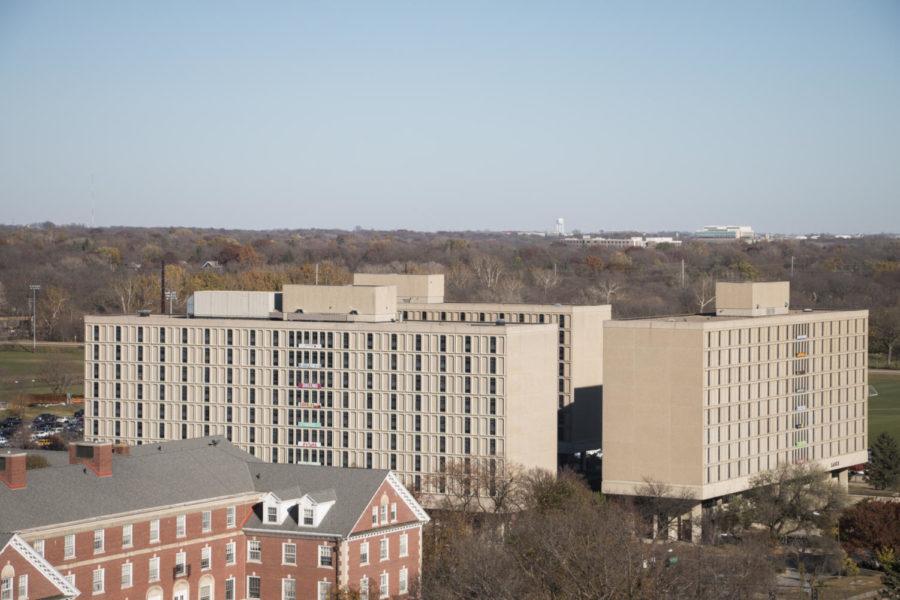ISU doesn’t reflect national rise in drug use, officials say
September 18, 2002
Although a recent national survey indicates an increase in drug use among young people, ISU officials maintain they have not noticed a growth in the drug problem at Iowa State.
The National Household Survey on Drug Abuse, which surveyed 67,000 people 12 years of age and older, found drug use in 18- to 25-year-olds had risen 28 percent between 1997 and 1999, with use of marijuana increasing by 28 percent.
But Jerry Stewart, director of the Department of Public Safety, said the situation is not exactly the same on the ISU campus. “We have not seen a sharp increase in drug-related arrests,” Stewart said.
Stewart also said he has not noticed any change in the type of drugs students use. Aside from alcohol, marijuana is the most commonly used drug on campus. Other common drugs include methamphetamines and hallucinatory drugs such as LSD or Ecstasy.
Ames Police Detective Howard Snider, an investigator for the Story Drug Task Force, said marijuana is increasingly easy to obtain. “Marijuana is out there,” he said. “It’s readily available.”
Cmdr. Jim Robinson of the Ames Police Department said he has not noticed a recent increase, but he did say drug use is a continuing problem.
“We see or come across all the drugs just like a big city, yet on a smaller scale,” Robinson said.
Stewart said one reason statistics could appear higher in recent years is due to passage of a drug paraphernalia law a few years ago. This law allows police to charge someone for simply possessing drug paraphernalia even if they are not in possession of any illegal substances.
Brian Dunn, program coordinator at the Student Health Center, said it is difficult to show change in drug use.
“It is hard to really measure drug use year to year statistically,” Dunn said. “Good or bad.”
According to the National College Health Assessment conducted at Iowa State in 2002 by the health center, most students do not use any drugs except alcohol.
The survey of 812 ISU students reported 73.7 percent of students had never used marijuana, while 17.5 percent of students reported they had used before but not in the last 30 days. Only 0.2 percent used daily.
Sara Kellogg, program coordinator for substance abuse and violence prevention for Iowa State, said marijuana is “becoming something that is used more frequently.”
“A lot of students don’t think marijuana messes with the brain,” she said. “People see other people who smoke marijuana being successful in life or they think that it’s a drug that doesn’t hurt you, but there are negative effects.”
Kellogg said marijuana affects both long and short-term memory, and abusers show an increase in lack of motivation to do anything. “It does impact your brain,” she said. “It can lower your IQ by up to two points.”
Smoking marijuana is much more harmful than smoking the tar in cigarettes, Kellogg said.
“Smoking five joints a week is equal to smoking one pack of cigarettes a day,” she said.
The number of people that need drug counseling also increased, according to the national survey.
Paulette Stronczek, a staff psychologist at the Student Counseling Service, said she had not noticed an increase in the number of students receiving counseling.
But the Center for Addiction Recovery Inc., 125 S. 3rd St., saw a 4 percent increase in the number of drug and substance abuse patients age 18 to 24 from 1999 to 2001, said Sherry Bradley, program director for the center, which provides outpatient counseling services.
Although substance abuse counseling is available to all students, many of the students Stronczek sees are required to seek counseling after having trouble with the law.
She said one of the main services the student counseling provides is an assessment survey. This survey is used to establish the student’s usage pattern and identify any underlying problems.
“We look at a model that understands college students,” Stronczek said.
















